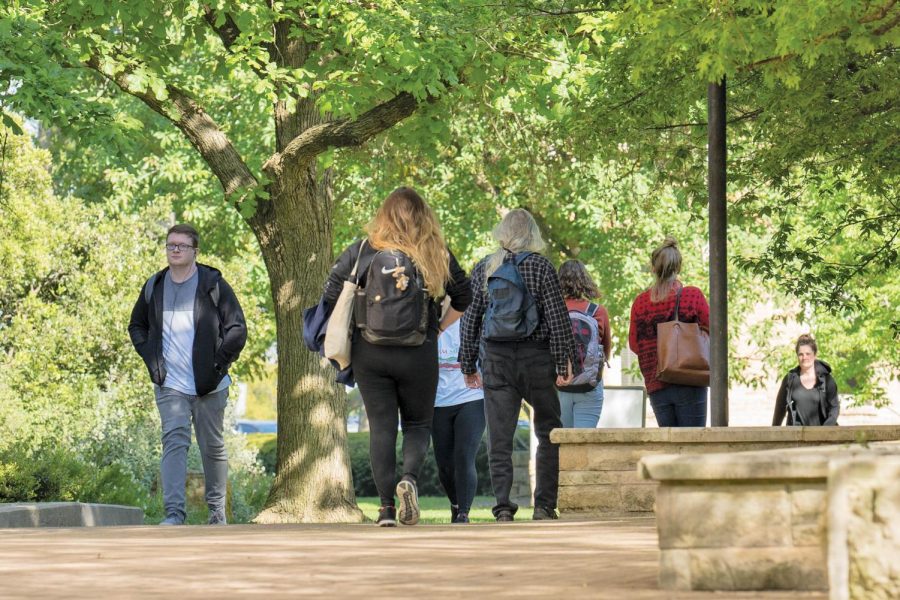Campus diversity: Is St. Edward’s actually as diverse as it says?
51 percent of incoming freshman at St. Edward’s are minorities. 58 different countries are represented in the student population.
For years, St. Edward’s University has put a large emphasis on exploring diversity. With multiple study abroad opportunities and the variety of student organizations that have been established in order to protect the diversity of the student body, SEU is paving a road that will open the minds of many to differing cultures and identities. But some call into question, is SEU diverse enough?
The Office of Diversity and Inclusion advises five sponsored student organizations, including the Asian Student Association, Black Student Alliance, Hilltop Student Veterans Association, Latino Students Organization, and PRIDE. Along with these, over 100 groups remain available for students who may not be represented by these five alone. Along with these groups, the Equity and Justice Council on campus has made the push to open up dialogue between students and bring the different cultures that are visible at SEU together.
These opportunities for celebrating diversity given by SEU are incredibly impactful. That being said, there is always work that can be done to improve student diversity. Even though great strides have been made towards larger acceptance and understanding, if it means the students of this university can feel included in our campus dialogue, our growth must never end. There is no such thing as having too large of a welcoming environment, and it is in SEU’s best interest to continue making progress towards diversity and inclusion.
The most vital step to take in the growth of SEU’s diversity is to educate others. There is still a large amount of ignorance on accepting people’s differences, and that ignorance doesn’t end automatically with the entrance into a university. Though somebody may be interested in exploring cultures and bringing people together, there is still something that can be done to increase their acceptance of diversity. Nobody is 100% able to say they are free from the stereotypes that some groups of people are plagued with. We all have inherent stereotypes we place on others.
As for how SEU could go about educating its students, perhaps making a point to have the groups sponsored by the Office of Diversity and Inclusion go to different classrooms to speak on issues that they feel need to be addressed the most would be a start. Through that, students can be invited to events and workshops that are catered towards opening this dialogue. This not only goes for the improvement of inclusion among racial minorities, but also the LGBTQ+ community who may not feel fully embraced yet.
The work not only needs to start with students, but staff as well. Professors and other members of the staff should be made more aware of the different groups of students that are enrolled in SEU. Through the increased awareness, the faculty can then address creating a space in which all students can feel free to express themselves in whatever way they please.
As progress is being made, it is important to not give up on educating ourselves on the inclusion of others. There is no end to how much we can embrace diversity on this campus. As long as there may be even one student who doesn’t feel welcomed by the majority, we must do everything in our power to accomplish creating a wider awareness that promotes diversity.







